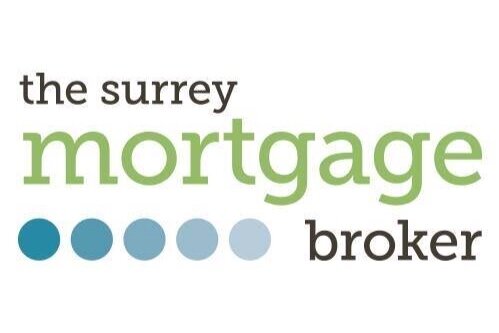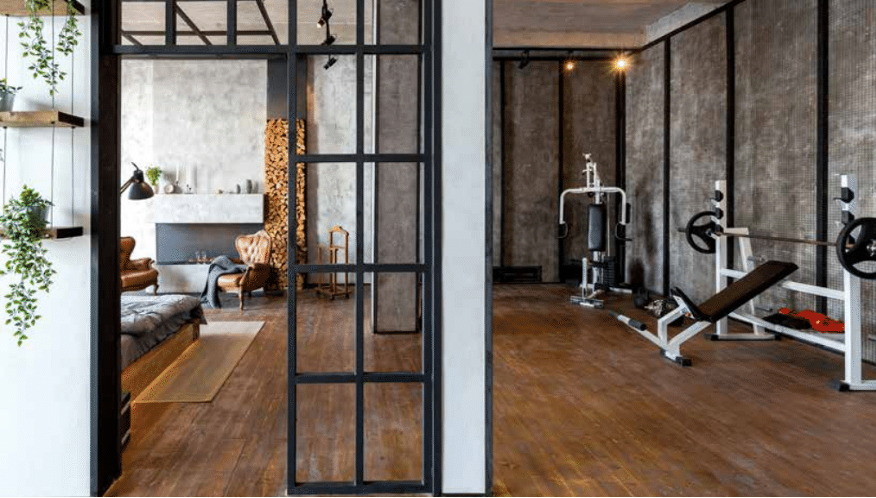Homes with fitness features offer a wide range of benefits to homeowners
Now the festive celebrations are over and the New Year is underway, for many people their attention has moved from hearty dinners and parties to getting fit and healthy. The start of the New Year is a time where new personal goals are set and there is more of a focus on starting to live a healthier lifestyle.
Although let’s face it, everyone dreads those early morning trips to the gym, so wouldn’t it be great if you were able to work out from the comfort of your own home? From gyms, spas, swimming pools and screening rooms, in the last couple of years such offerings are increasingly being aimed at the pursuit of ‘wellness’.
Save time and money
Homes with fitness features offer a wide range of benefits to homeowners. In addition to giving them the convenience of having their own personal gym, they can also save time and money by not having to go out to a separate facility.
When it comes to home improvements, having a gym, tennis court or pool can be seen as luxury items. However, with the right budget and planning, these can actually save you money in the long run. For example, if you are someone who regularly goes to the gym, having your own fitness equipment in your home could mean significant savings on membership fees.
Model Kate Moss is thought to have spent £850,000 on a home gym and steam room, while singer Madonna's Manhattan townhouse gym reportedly cost £1.5million.
Flexibility and convenience
By adding these to your home you’ll also have greater control over when and how often they’re used – meaning more flexibility and convenience for yourself and your family. Plus, if you ever decide to move home, they could add to the resale value of your property.
Ultimately, it’s important to weigh up all factors before making a big purchase like this – including how much use you’ll realistically get out of it and what the long-term financial implications could be. If done right, splashing out on a home gym, tennis court or pool can add value to your property. The key is to be mindful, plan ahead and budget effectively – something which can help you get a lot more financially out of any home improvement plans.
On many buyers wish lists
Outdoor pools usually don't require planning permission. However, there are exceptions, and indoor pools always require consent, so check first with your local authority. It is important to consider placement. In the wrong place, a pool can be an eyesore, while a pool that dominates a small garden is generally a mistake. Typically, inground pool prices vary from about £25,000 up to £70,000 or more, depending on your choice.
Home gyms are increasingly common and are making their way up on many buyers wish lists, even in the mid-range property sector. The equipment for a top-of-the-range gym can easily cost £40,000 or more, but it is possible to buy budget items starting at under £1,000.
Planning and building control
Tennis courts do not usually require planning permission if they are in the garden behind a private house. They do, however, if the property is listed, if the court takes up more than 50 per cent of the garden or significant engineering work is required, so check with your local authority planning and building control.
Courts can take some time to build. The base is dug and laid before the surface can be added, which can stretch over several months. Having a court built typically costs somewhere between £20,000 and £50,000, depending on earthworks, surface and fencing types.
Materials and equipment
If you’re considering adding one of these features to your home, research is essential. Make sure you know what the initial outlay will be in terms of cost, as well as ongoing maintenance or repair costs that could come up down the line. It’s also important to consider any potential restrictions from local authorities or homeowners associations that may limit when or how often you can use them.
Remember, it pays to shop around for the best deals on materials and equipment, so don’t rush into anything without weighing up all of your options. With a little bit of extra research and planning, you may find that splashing out on a home gym, tennis court or pool could end up making financial sense after all
Need a mortgage that makes the process smooth and straightforward from start to finish?
Our experienced team can help find a mortgage that makes the process smooth and straightforward from start to finish. To discuss your mortgage options, contact The Surrey Mortgage Broker – telephone 01252 759233– email richard@thesurreymortgagebroker.co.uk





